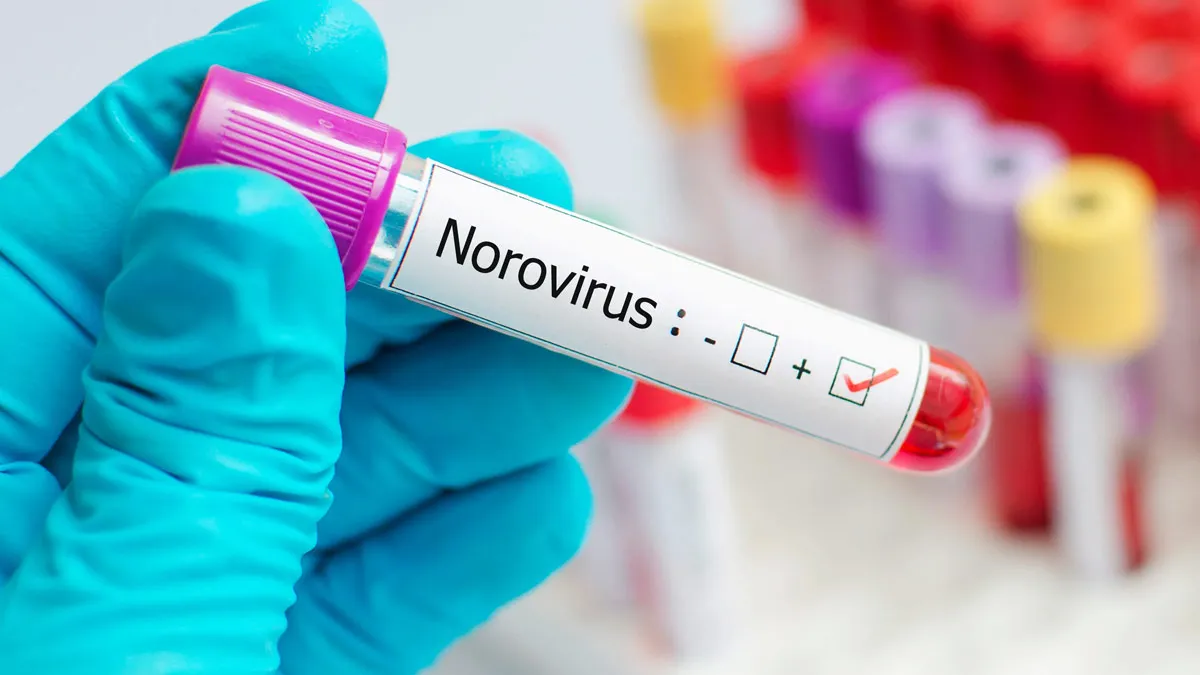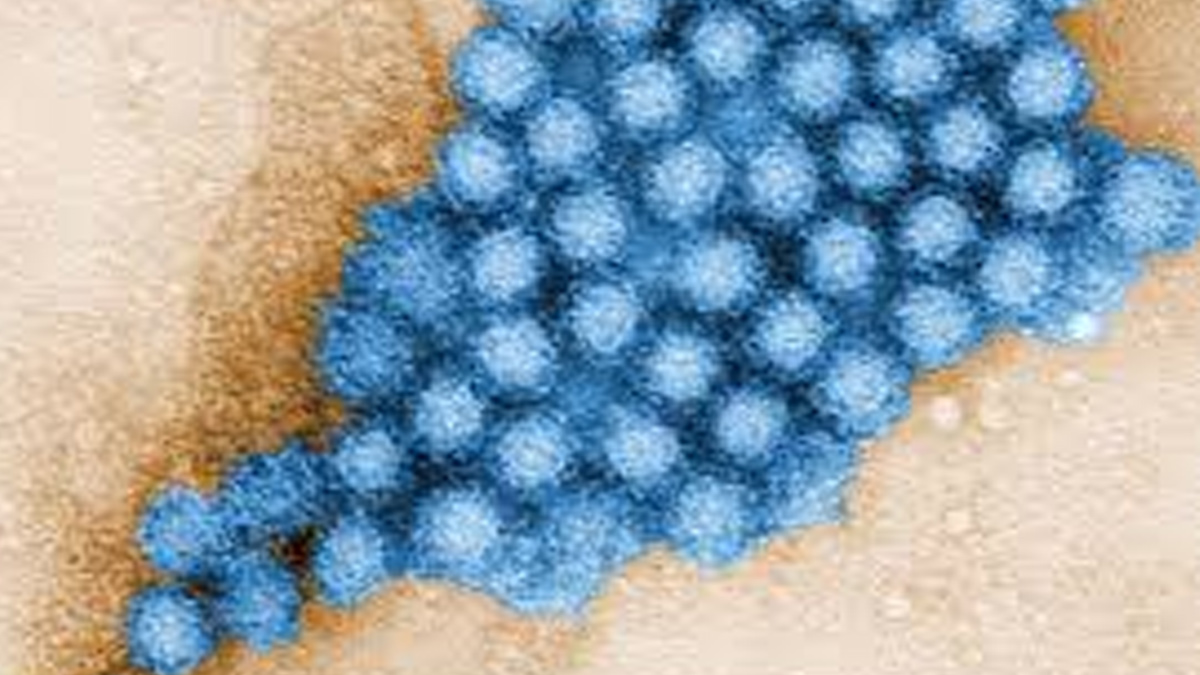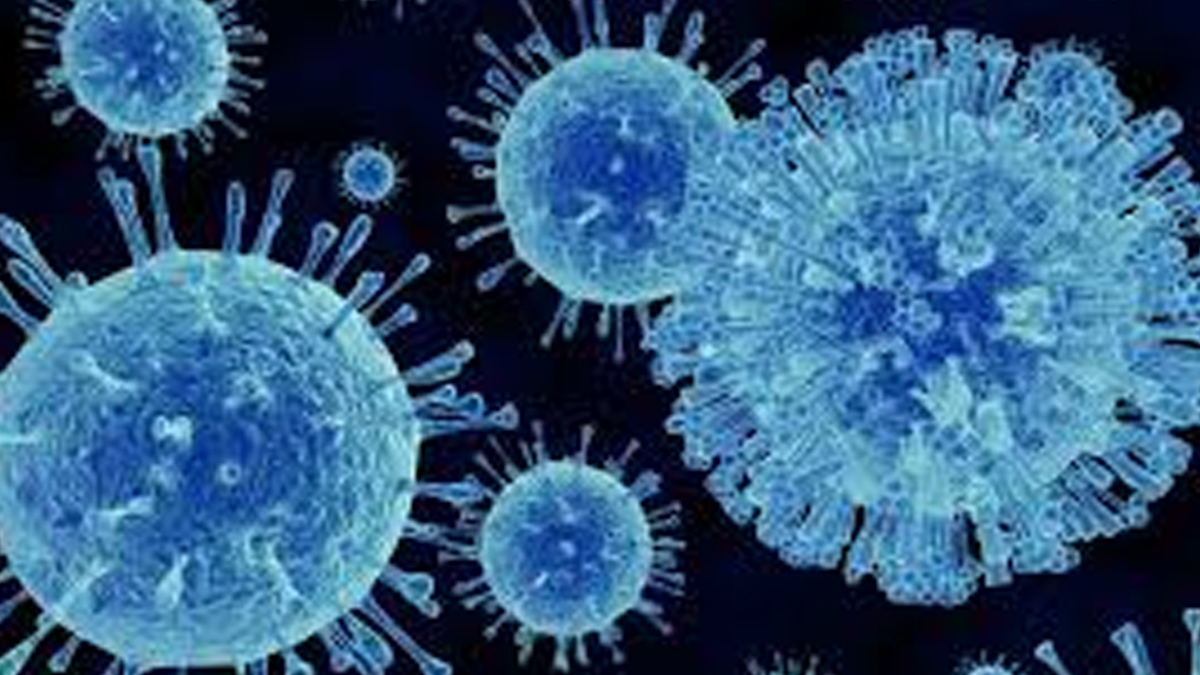
The United States is grappling with a significant spike in norovirus outbreaks this winter, according to the latest data from the Centers for Disease Control and Prevention (CDC). Often referred to as the "stomach flu" or "stomach bug," norovirus is highly contagious and has become a growing concern, particularly during the colder months. The CDC's most recent figures reveal a sharp rise in cases, emphasizing the need for immediate public health interventions and enhanced hygiene practices.
Table of Content:-
Norovirus Outbreaks Reach Record Highs
Recent data from the CDC indicates a notable surge in norovirus outbreaks. By early December, there were 91 outbreaks reported, a stark increase compared to the 69 outbreaks recorded in late November. Historically, the first week of December typically sees a maximum of 65 outbreaks. This year’s numbers represent a concerning trend, with health officials attributing the spike to factors such as increased indoor gatherings and seasonal conditions that facilitate the virus's spread.
Norovirus remains the leading cause of diarrhoea, vomiting, and foodborne illnesses in the U.S., affecting individuals across all age groups. The virus is particularly notorious for causing acute gastroenteritis, which results in inflammation of the stomach and intestines, leading to severe gastrointestinal symptoms.

Understanding Norovirus and Its Symptoms
Norovirus is incredibly contagious and spreads rapidly in close quarters such as schools, nursing homes, and cruise ships. Symptoms typically appear 12 to 48 hours after exposure and include:
- Primary symptoms: Diarrhea, vomiting, nausea, and stomach pain.
- Additional symptoms: Fever, body aches, and headaches in some cases.
The virus spreads through several routes, including:
Also Read: Smokers Lose 20 Minutes of Life With a Single Cigarette, New Study Warns
- Direct contact: Caring for an infected person or sharing food and utensils.
- Contaminated food or water: Consuming improperly handled meals or drinks.
- Surface contamination: Touching infected objects or surfaces and then touching one’s face without washing hands.
Who Is at Risk?
While norovirus can affect anyone, certain groups are more vulnerable, including young children, the elderly, and individuals with weakened immune systems. Poor hygiene and close contact with infected individuals significantly increase the risk of contracting the virus. Given its resilience, norovirus can survive on surfaces for days, making rigorous sanitation critical in curbing its spread.

Why Are Cases Peaking in Winter?
Though norovirus outbreaks occur throughout the year, they are most prevalent between November and April. Experts suggest that colder weather, which encourages indoor activities and close interactions, plays a significant role in this seasonal surge. Additionally, the virus thrives in environments where people are in close proximity, increasing the likelihood of rapid transmission.
Managing Norovirus: Prevention and Treatment
Currently, there is no specific medication to treat norovirus. Most people recover within one to three days, but severe dehydration caused by diarrhea and vomiting can be dangerous if left unaddressed. Key recommendations for managing symptoms include:
- Stay Hydrated: Drinking plenty of fluids is essential to combat dehydration.
- Seek Medical Attention: Consult a healthcare provider if symptoms persist or worsen, particularly in cases of severe dehydration.
Also Read: Maharashtra Receives Its First Made-in-India Surgical Robot; Here’s Everything To Know About It
Preventive Measures
Preventing norovirus requires a combination of personal and public health efforts:
- Wash hands thoroughly with soap and water, especially before eating or after using the restroom.
- Disinfect contaminated surfaces with bleach-based cleaners.
- Avoid sharing food, drinks, or utensils with infected individuals.
- Properly wash fruits and vegetables before consumption.
Norovirus: A Persistent Public Health Challenge
Norovirus remains a recurring public health issue, with the CDC reporting an estimated 2,500 outbreaks annually in the United States. These outbreaks strain healthcare systems and highlight the importance of hygiene awareness and preventive strategies.
The CDC urges the public to remain vigilant, emphasizing that small, consistent actions—like regular handwashing and avoiding close contact with infected individuals—can significantly reduce the virus’s spread. By prioritizing these measures, communities can work together to combat the rising wave of norovirus infections.
Also watch this video
How we keep this article up to date:
We work with experts and keep a close eye on the latest in health and wellness. Whenever there is a new research or helpful information, we update our articles with accurate and useful advice.
Current Version
